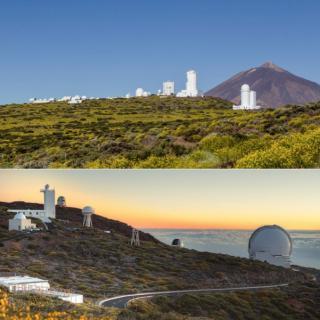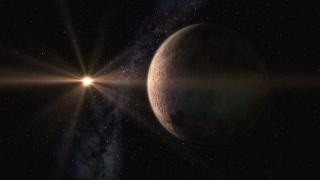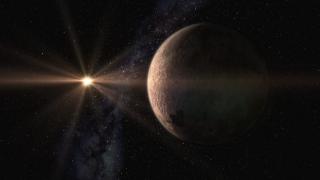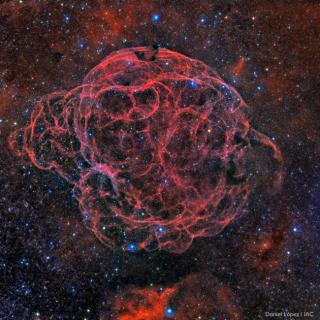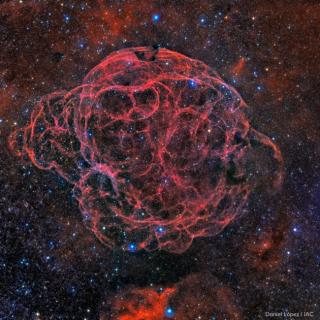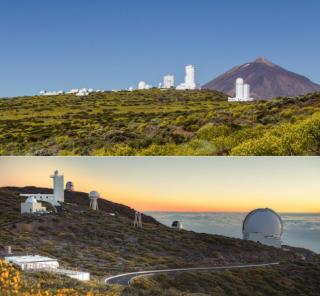
The International Scientific Committee (Spanish initials CCI) of the Canary Island Observatories, meeting last week at the University of Louvain (Belgium) made an appeal to all the relevant authorities to collaborate among themselves to facilitate the development of these "Singular Scientific and Technological Infrastructures" on the islands.
Advertised on
